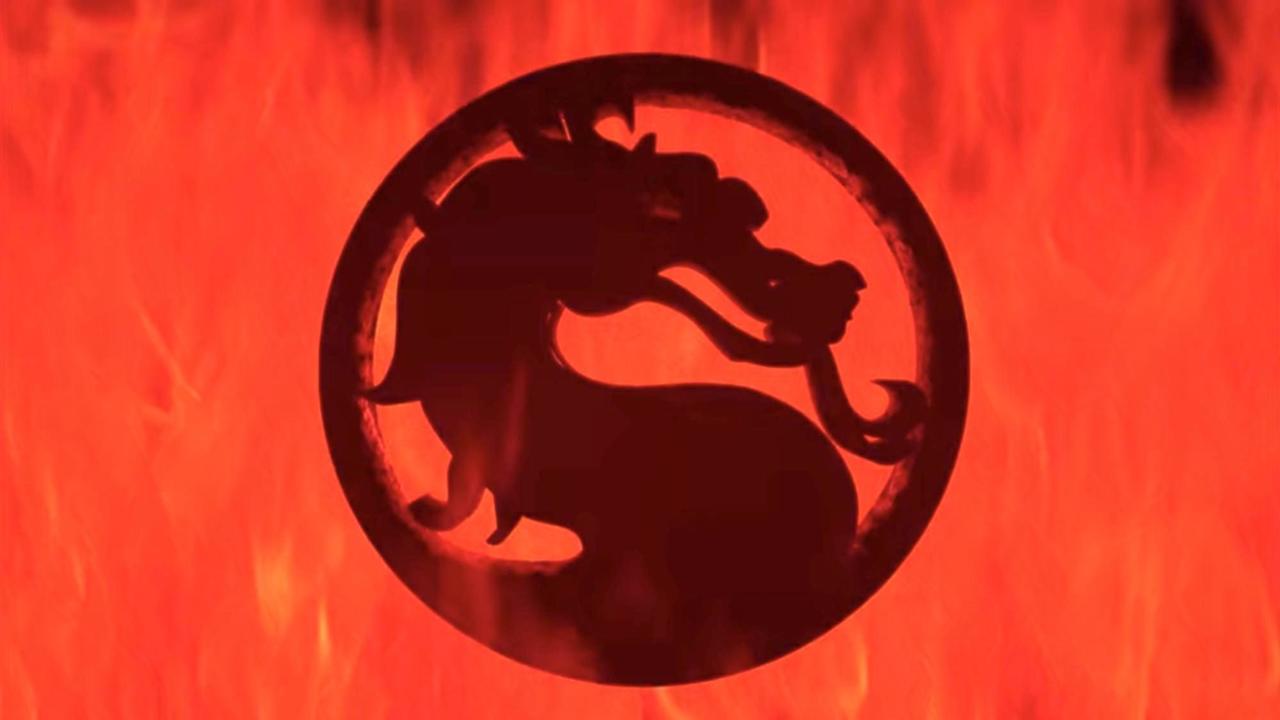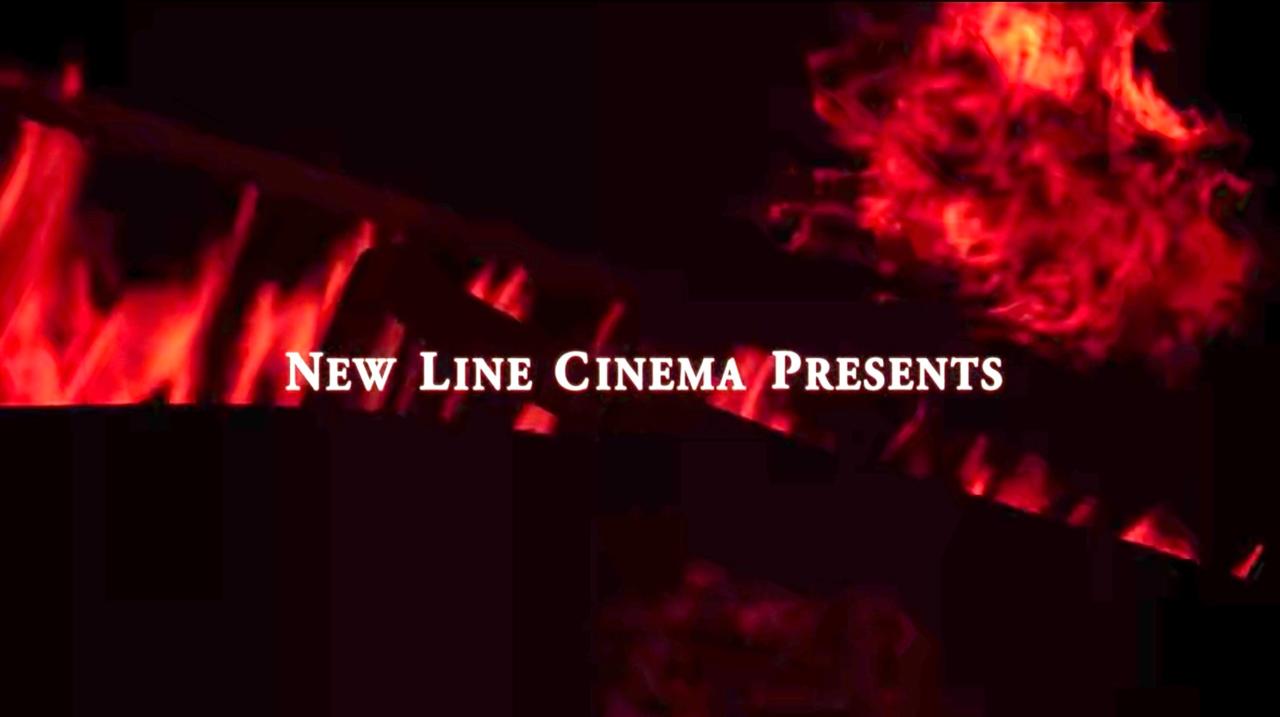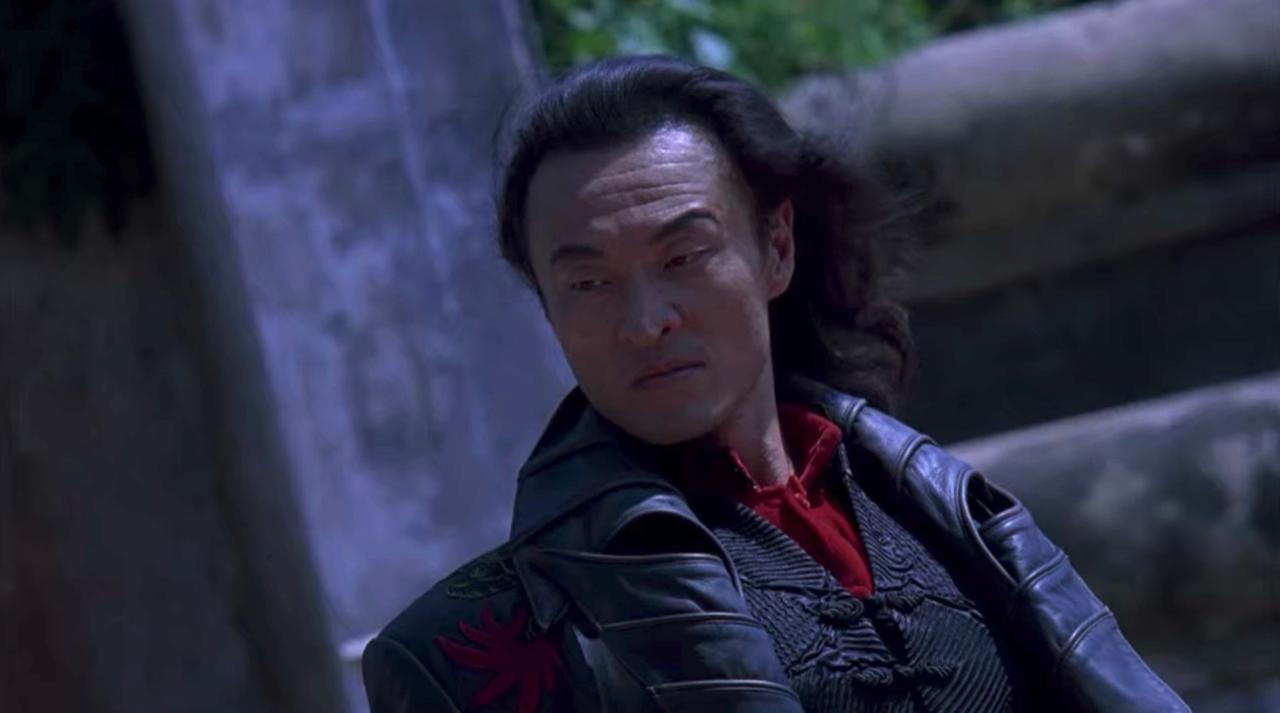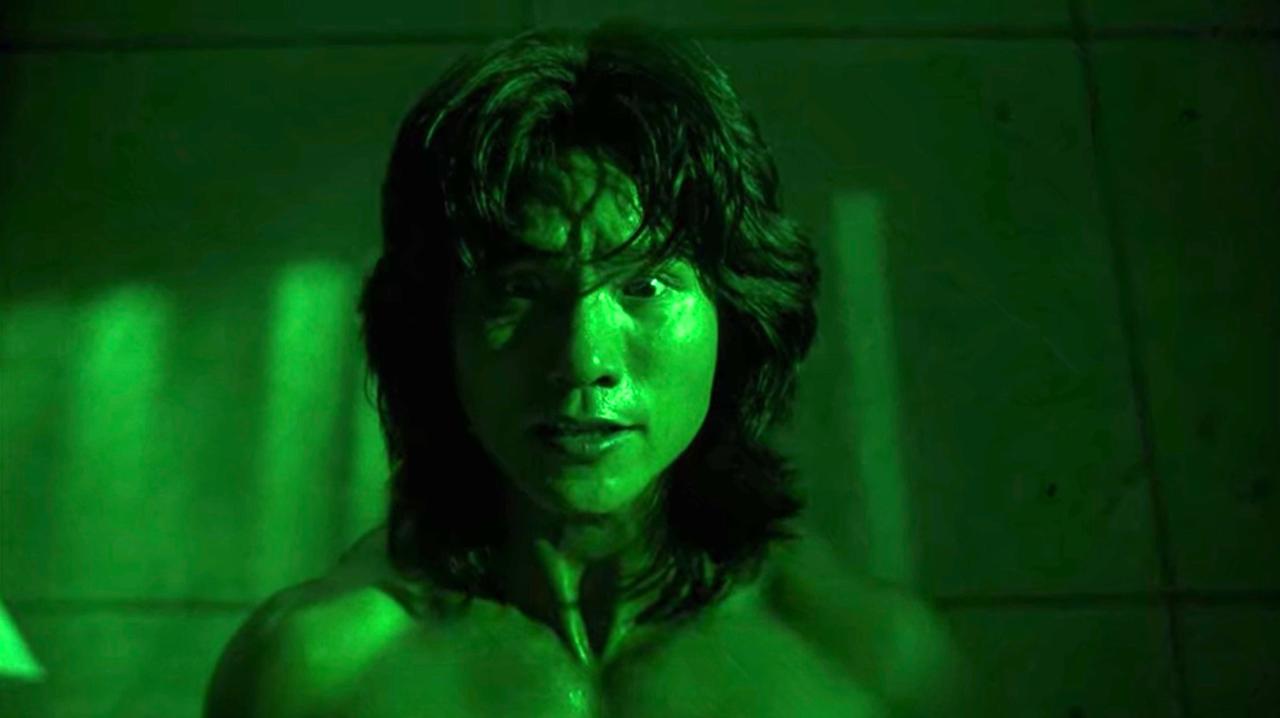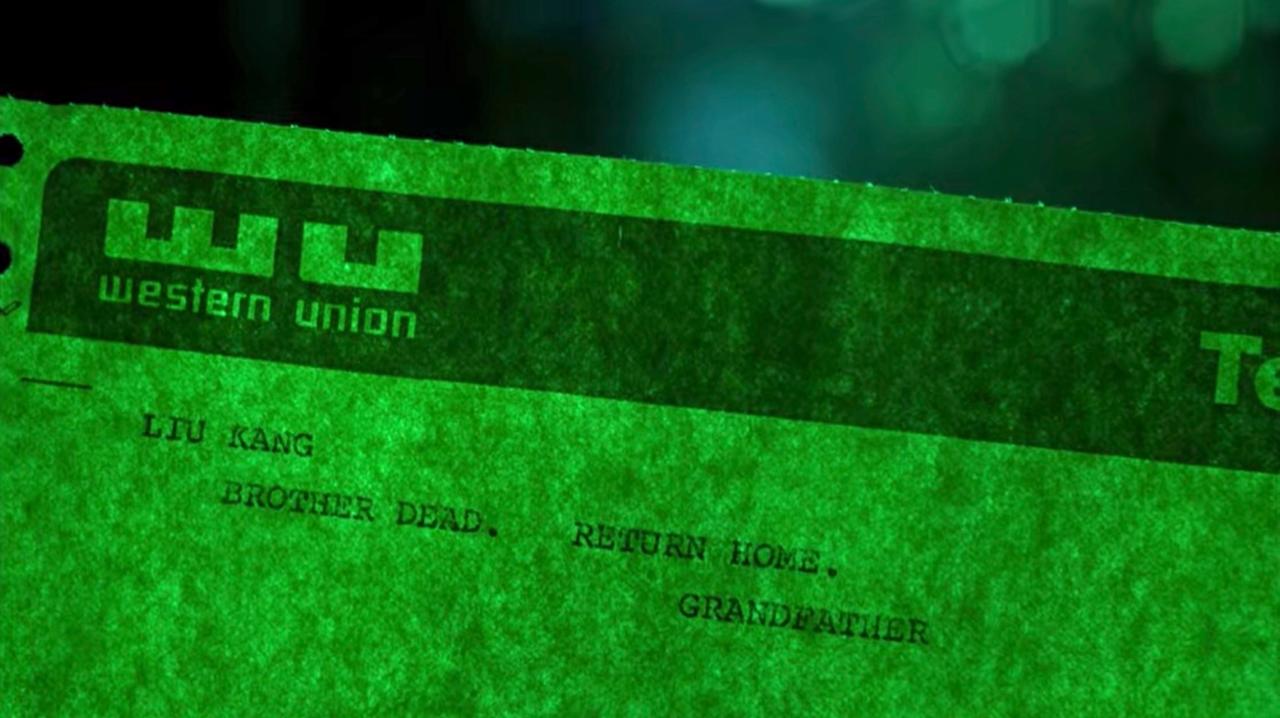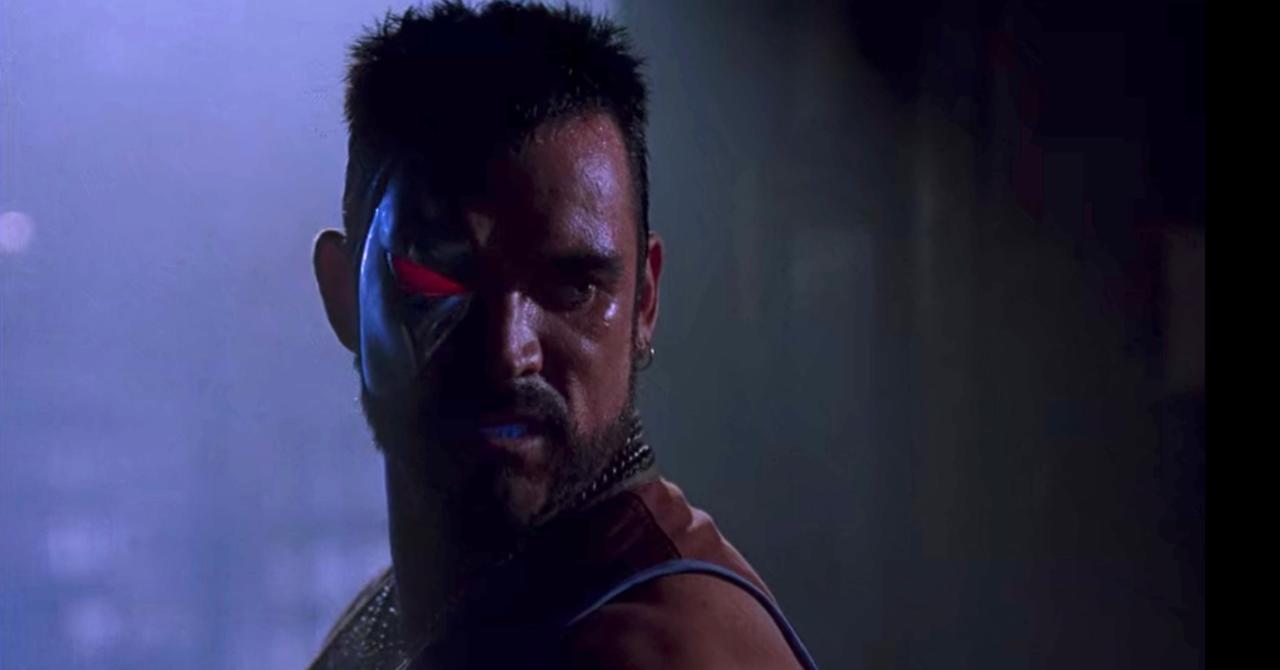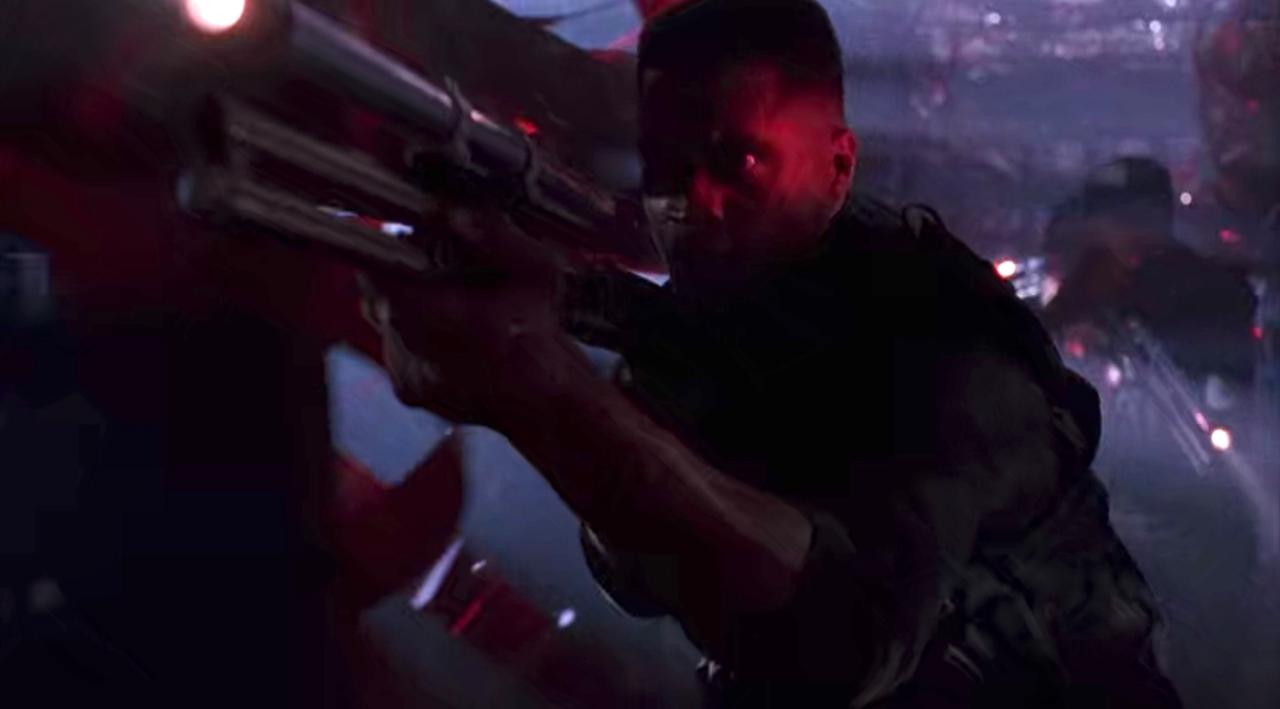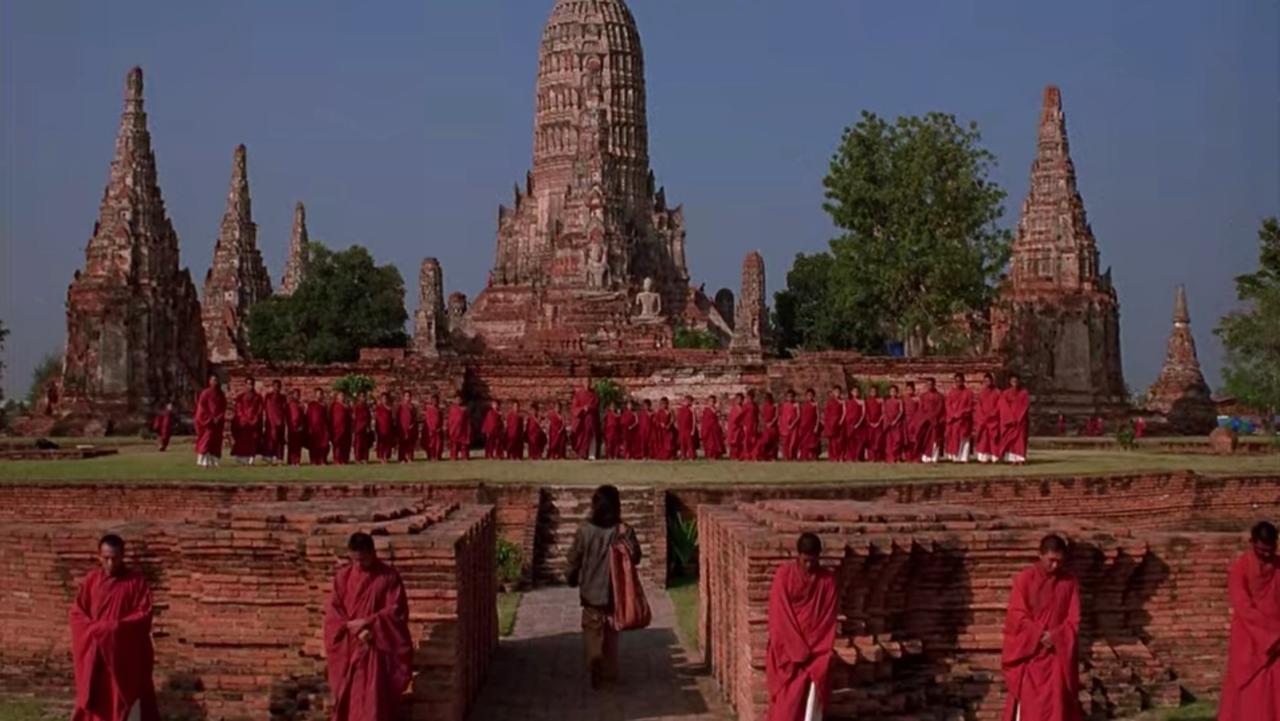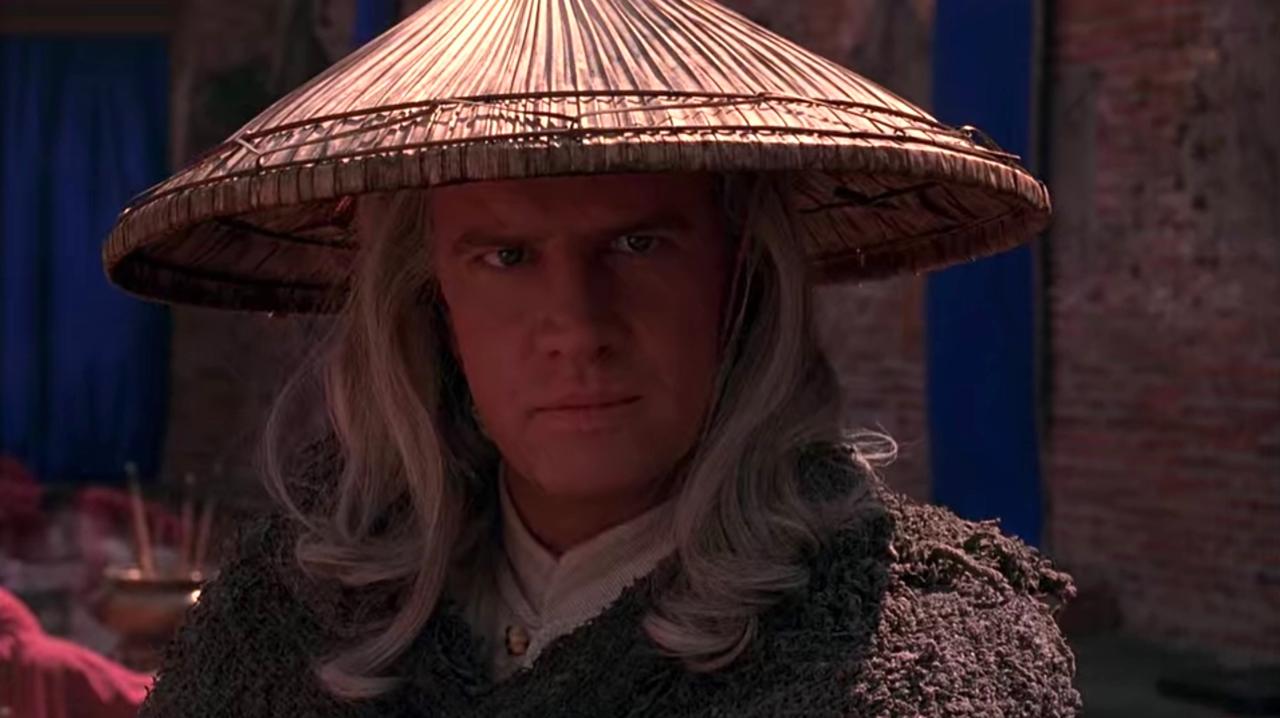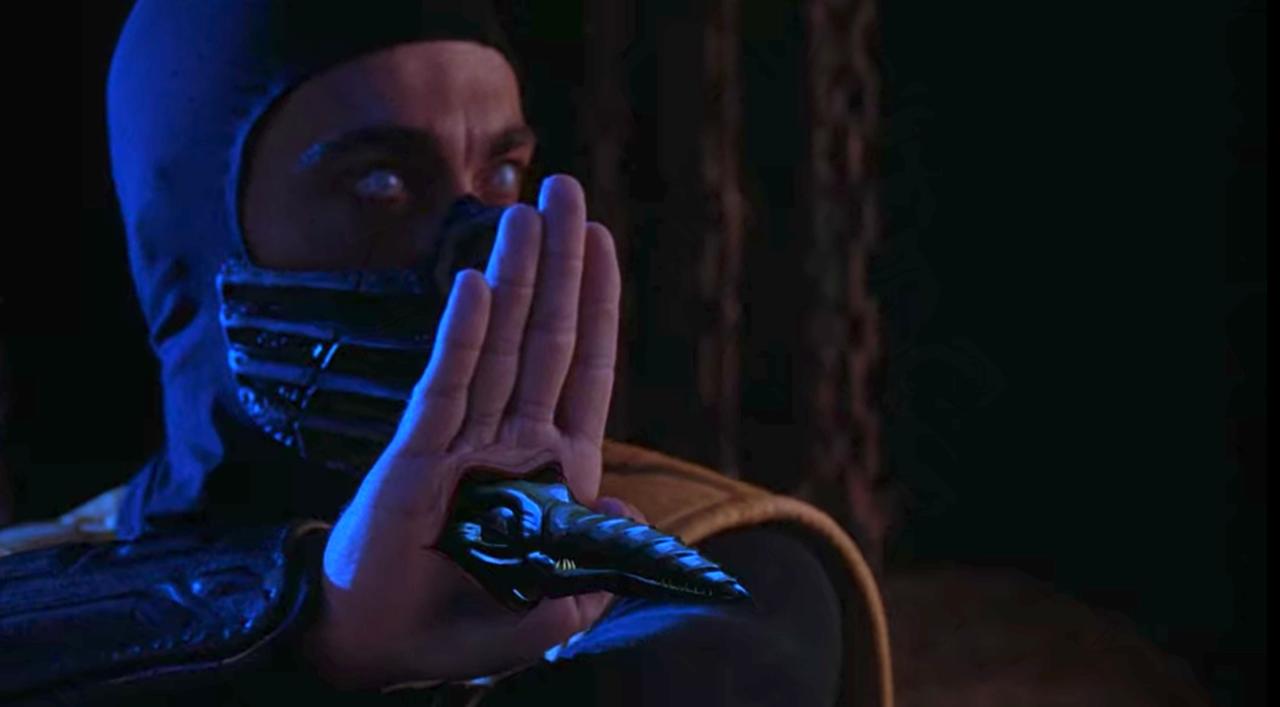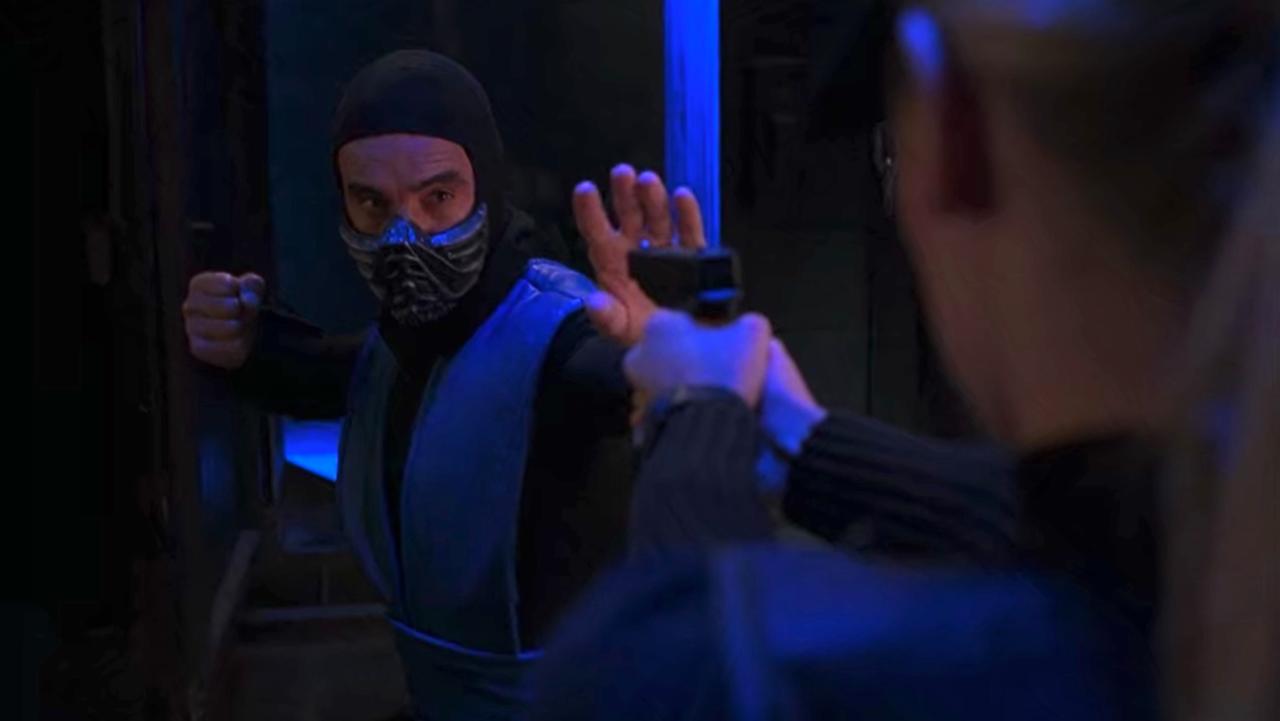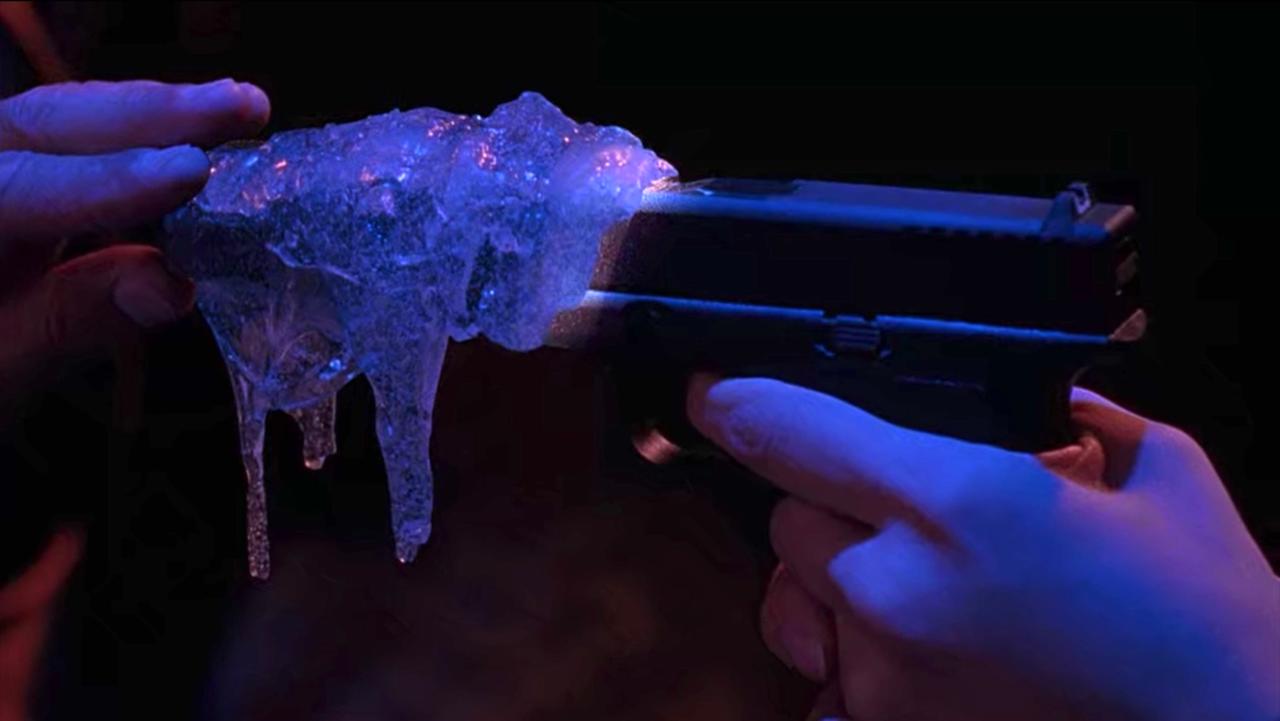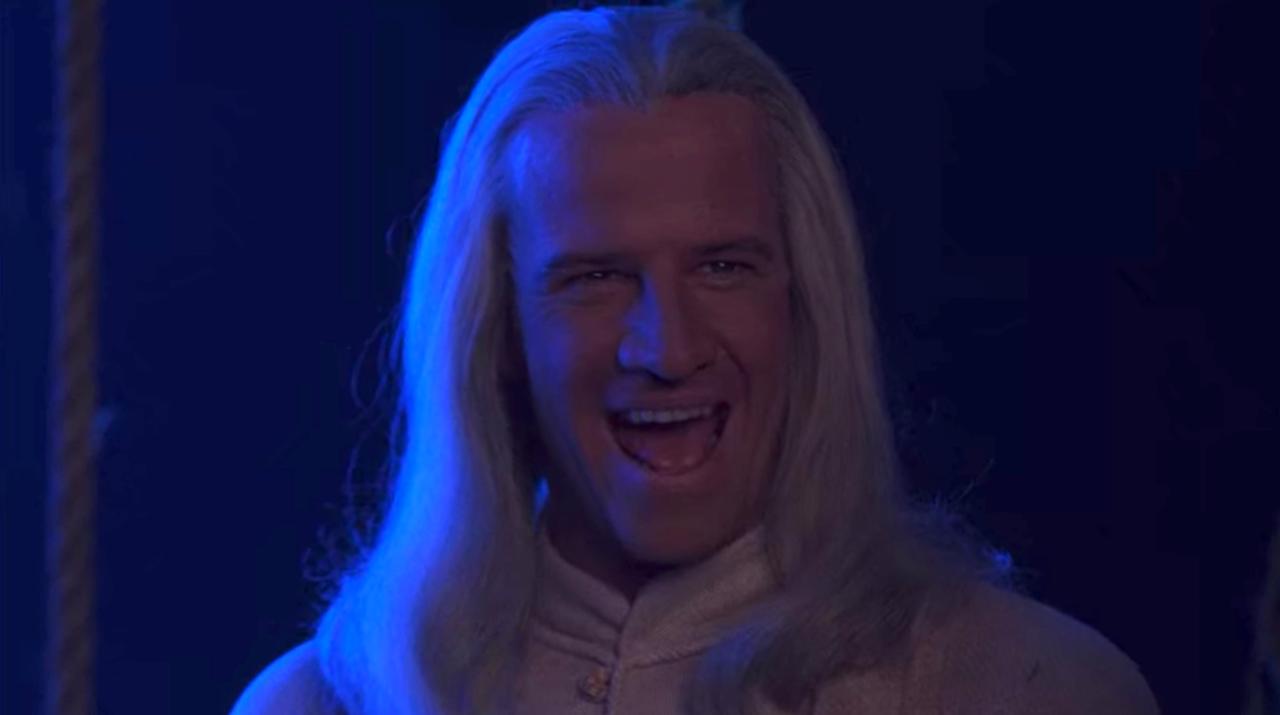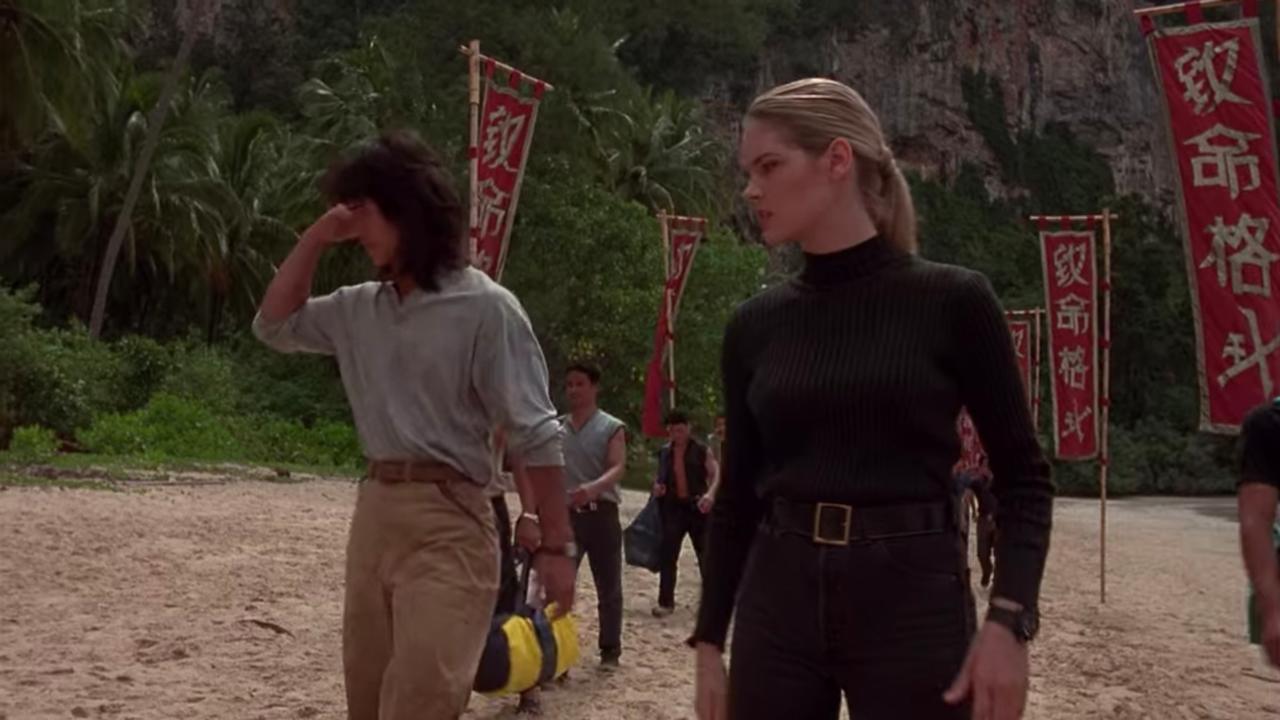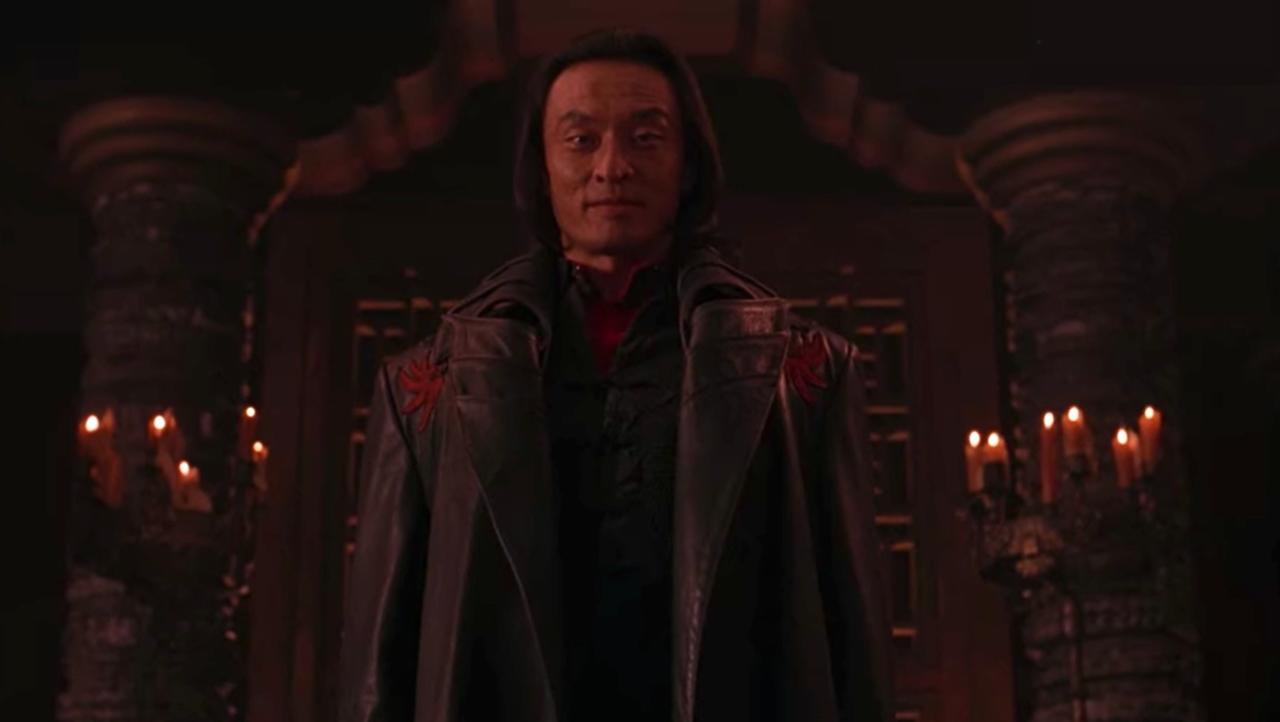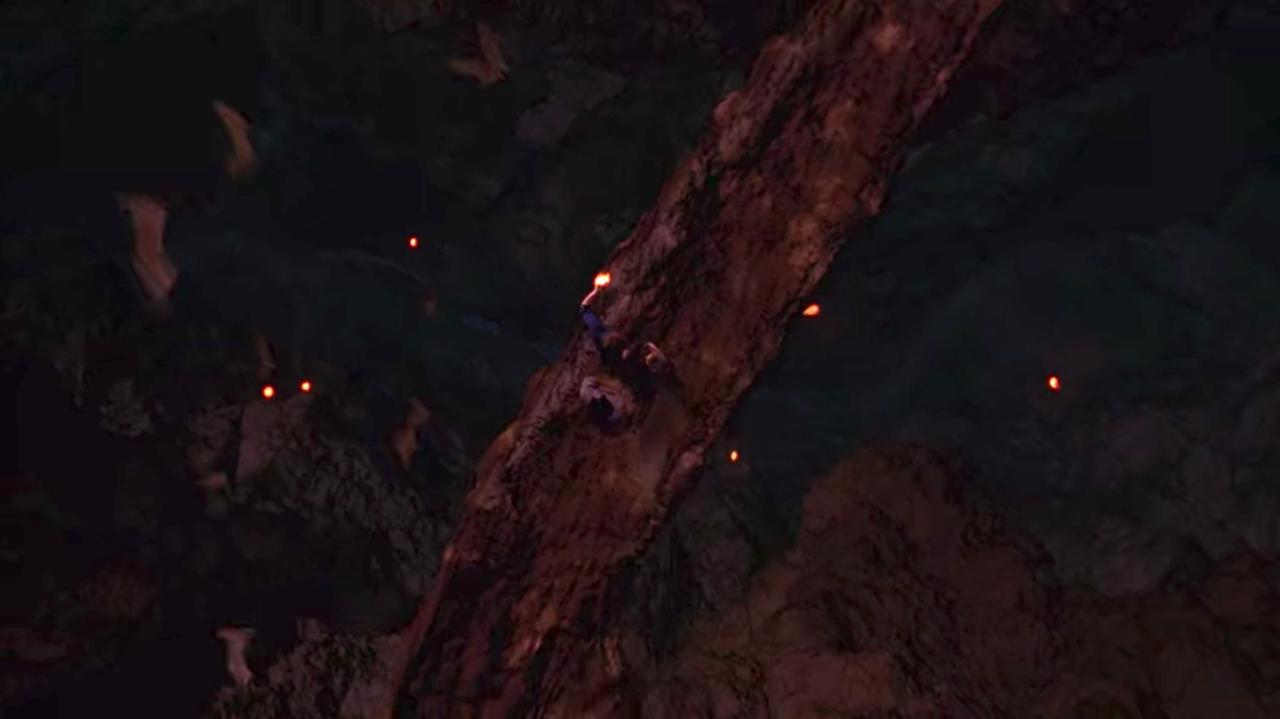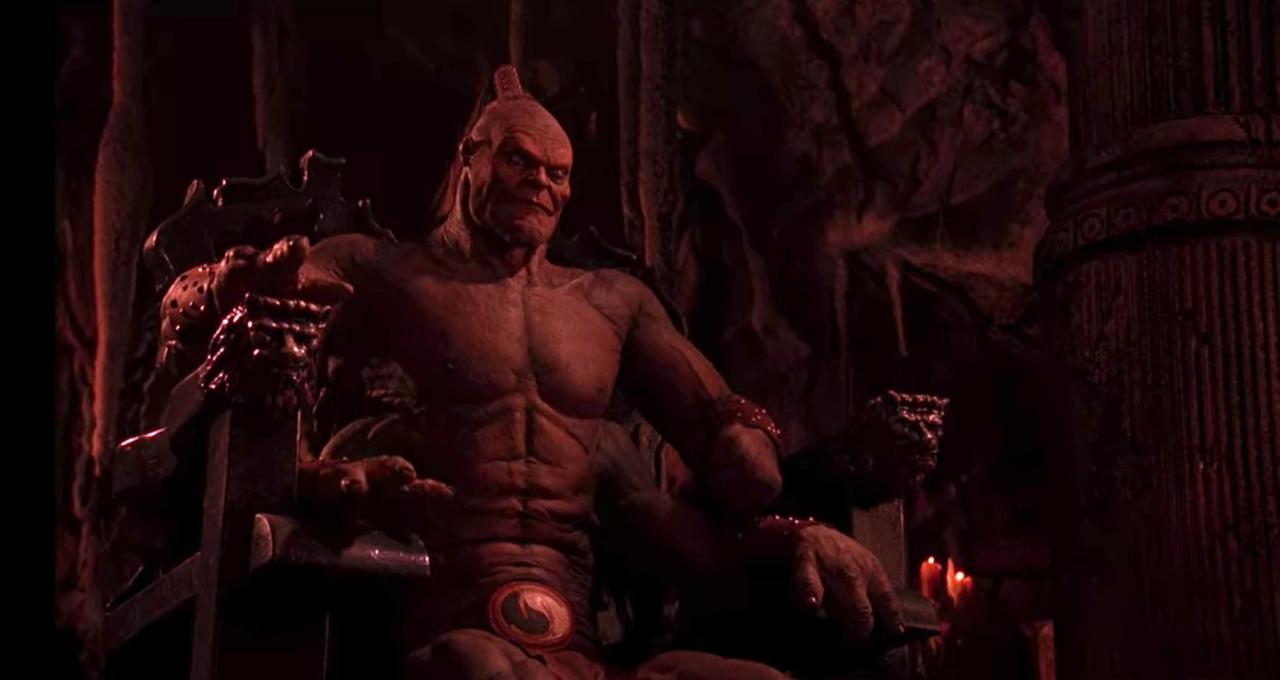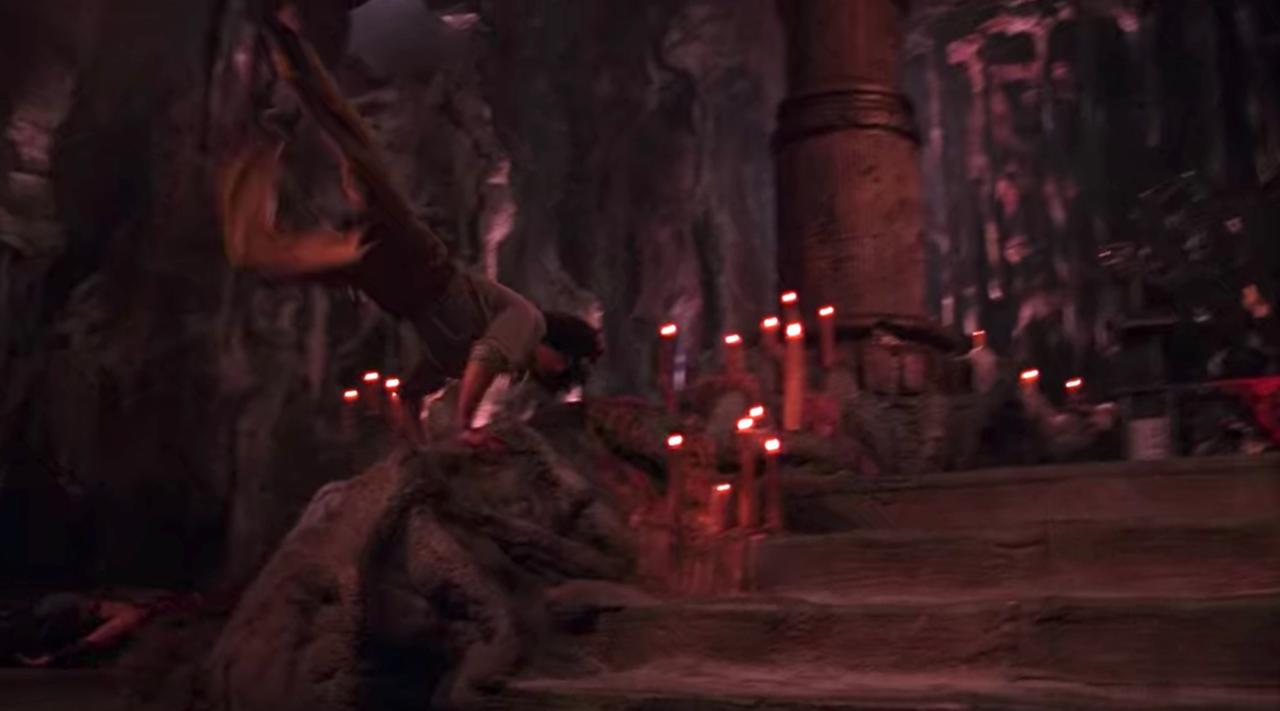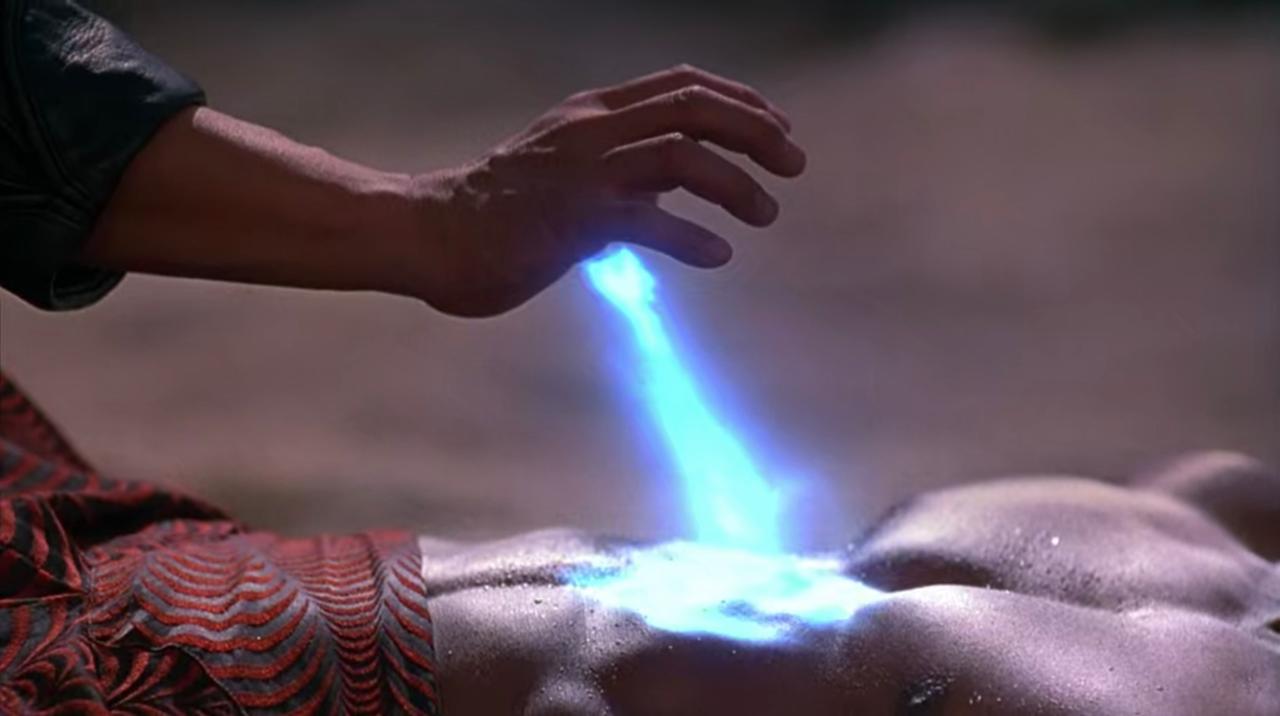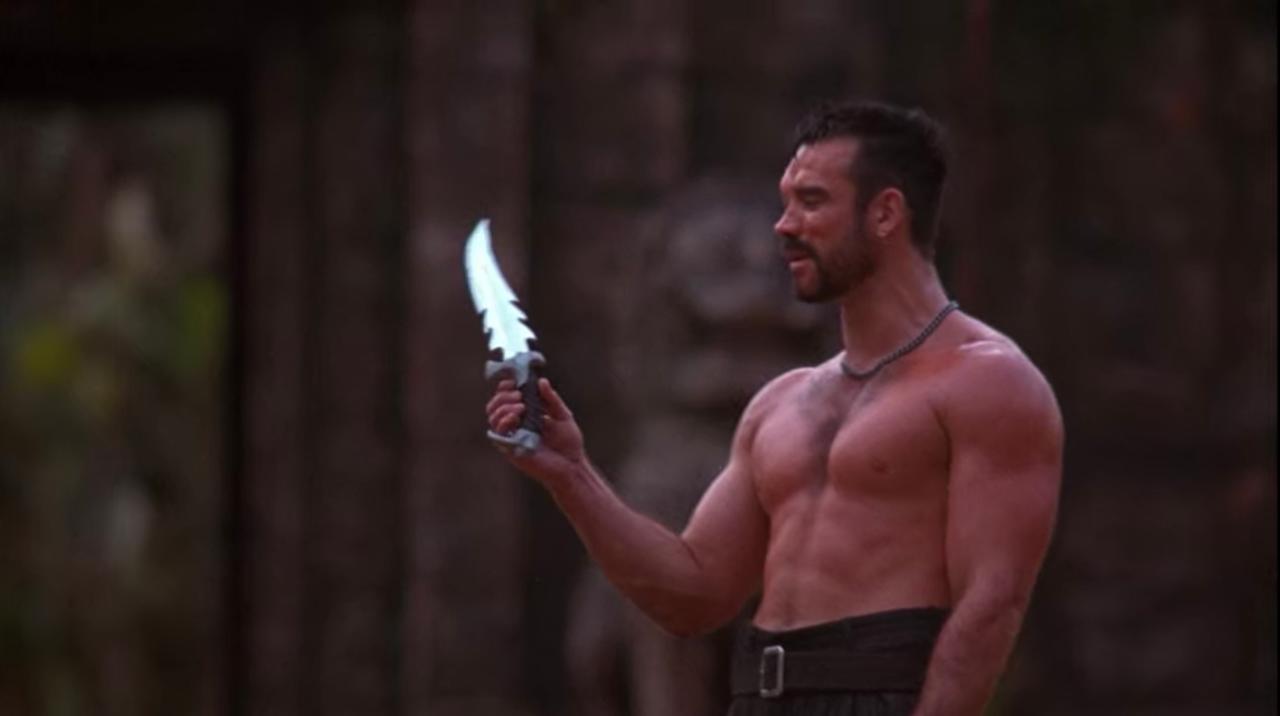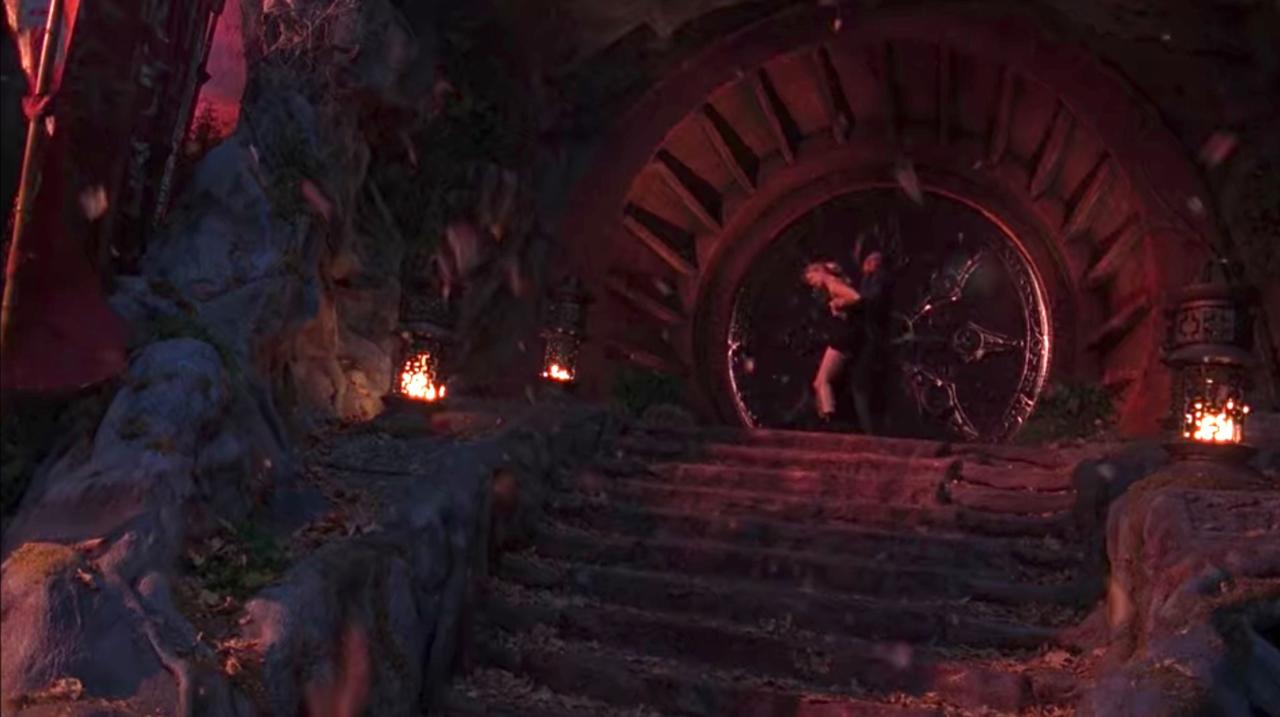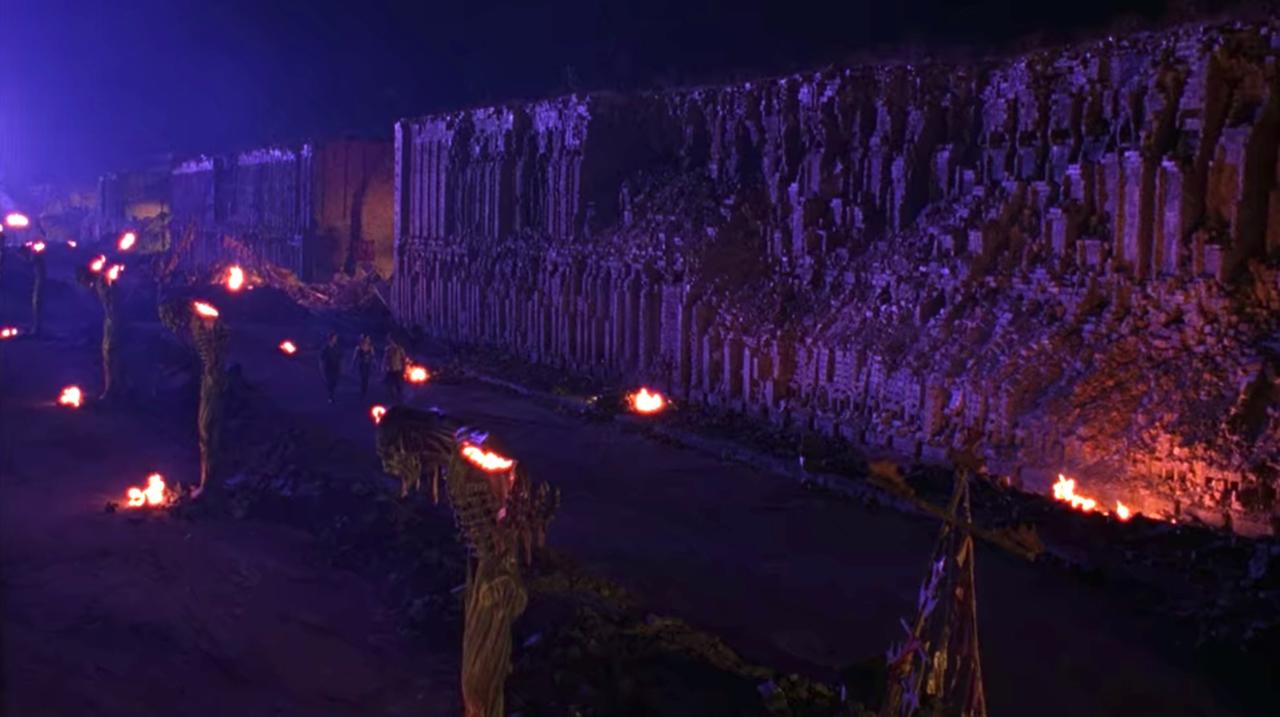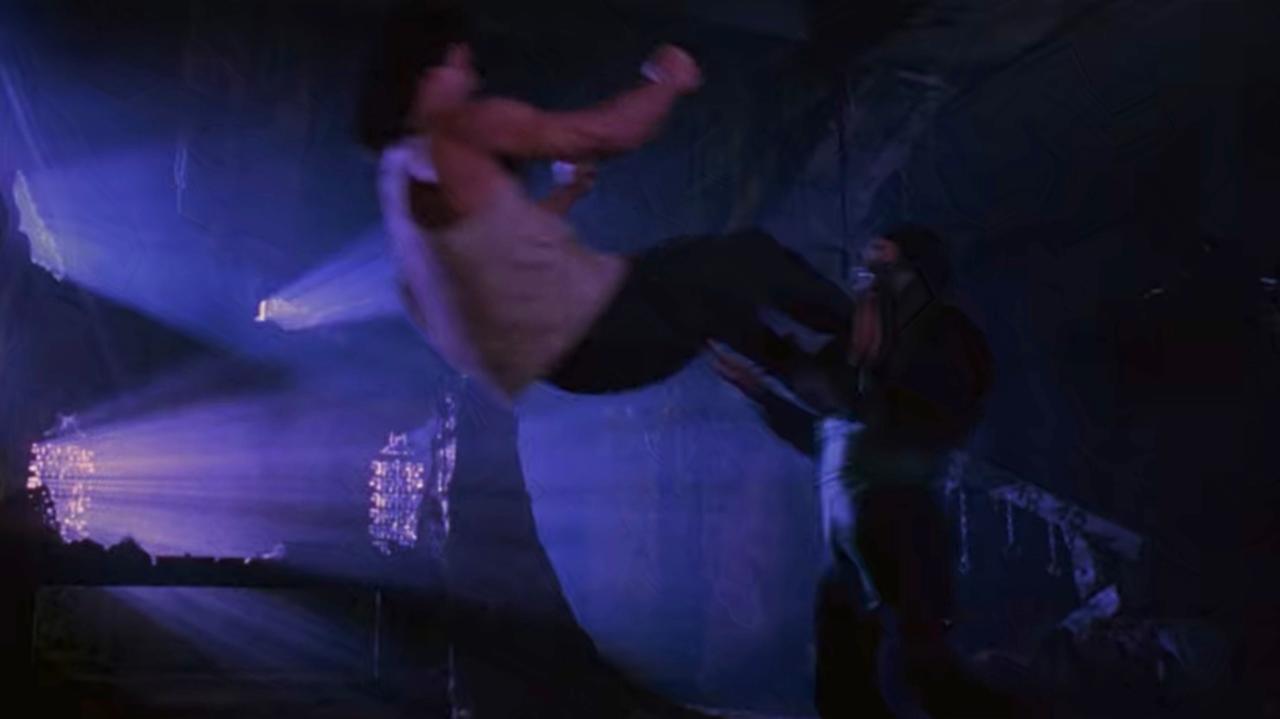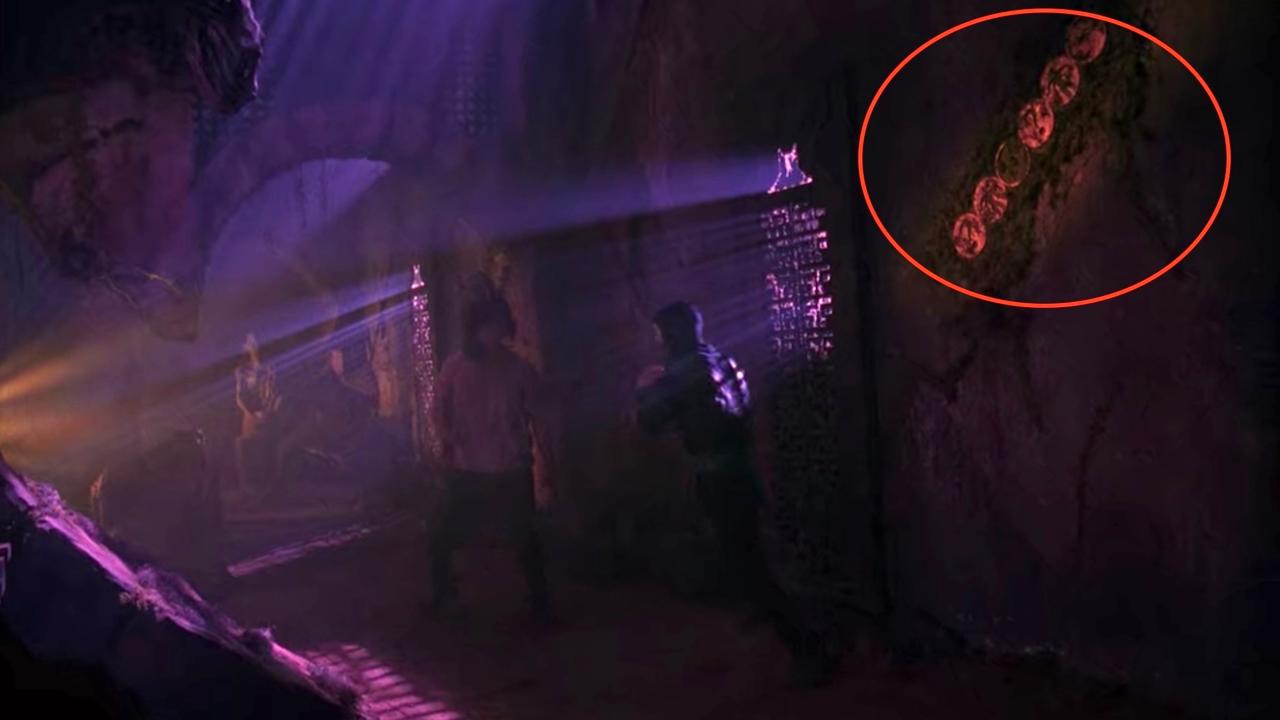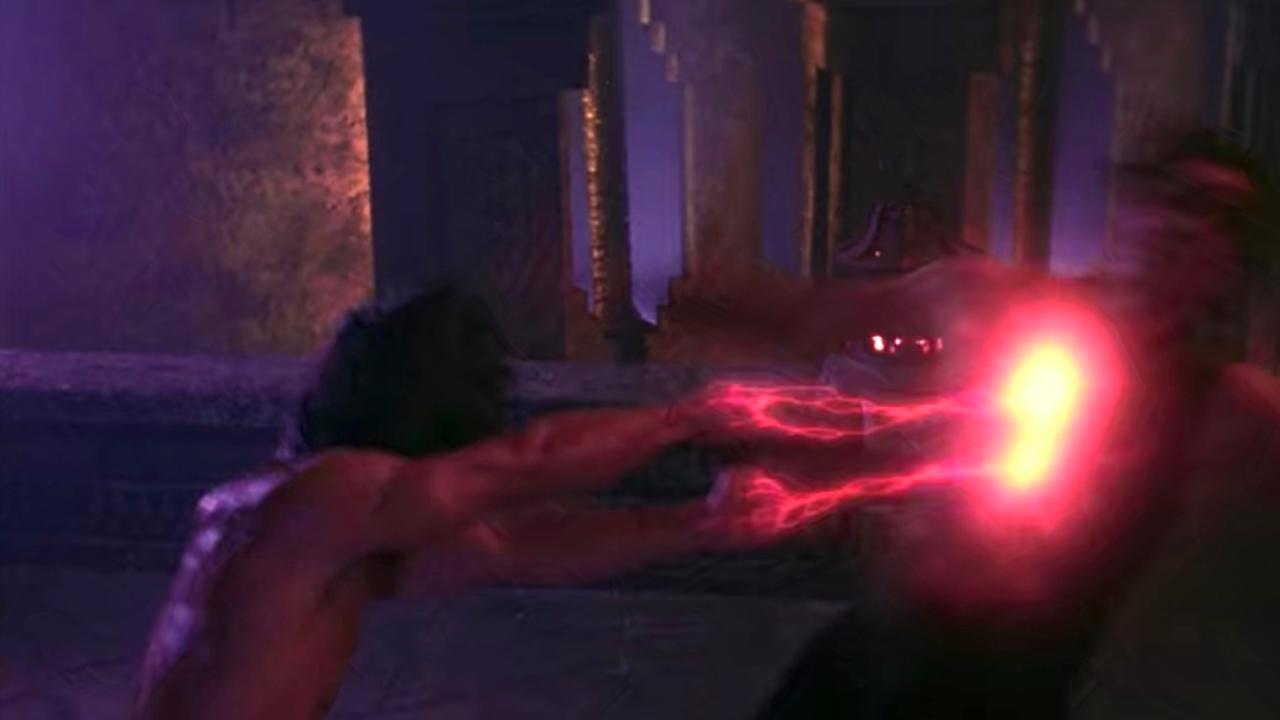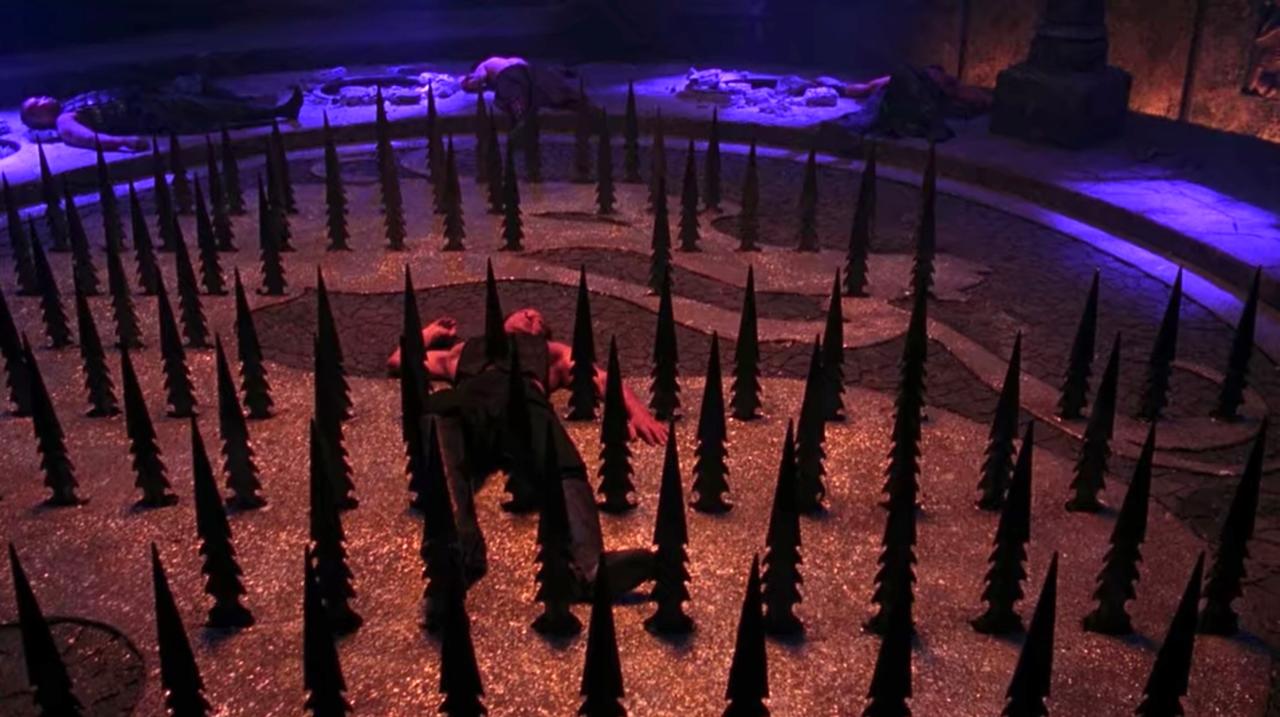Mortal Kombat Movie: 40 Kool Easter Eggs To Check Out In The Klassic '90s Game Adaptation
GameSpot may receive revenue from affiliate and advertising partnerships for sharing this content and from purchases through links.
Martial arts, four-armed giants, and techno music: Here are 40 must-know details about the 1995 Mortal Kombat movie.
When was the last time you rewatched the original Mortal Kombat movie? Before you do, check out our list of the 40 things you need to know about this movie.
The first Mortal Kombat film hit theaters back in the summer of 1995, a few months after Mortal Kombat 3 arrived in arcades. The franchise was fully embedded in the mainstream by that point, but even so, audiences could not be taken for granted. As a niche movie attempting to reach a wide audience, Mortal Kombat had to straddle a fine line between fan service for those who played the games obsessively and accessible entertainment for moviegoers who only knew about the franchise in passing.
The movie was a blockbuster success. It spent three weeks as the #1 movie in America, and it made over $120 million during its time in theaters. Sure, it's campy and melodramatic, but so is the game it's based on. And there were plenty of Easter eggs, references, and other tidbits in the movie to please the diehard fans.
To celebrate the Mortal Kombat movie's 25th anniversary, we went over it with a fine-toothed blade to discover everything you might not know about the film--including the laser-disc commentary done by producer Lawrence Kasanoff and visual effects supervisor Alison Savitch, which isn't even available on the DVD or Blu-Ray releases. So without further dissembling, here are 40 facts you ought to know about Mortal Kombat. It has begun!
And speaking of things you should be watching, consider listening to GameSpot's weekly TV series and movies-focused podcast, You Should Be Watching. With new episodes premiering every Wednesday, you can watch a video version of the podcast over on GameSpot Universe or listen to audio versions on Spotify, Stitcher, Google Play, and Apple Podcasts.
1. Familiar Introduction
The filmmakers reused the exact same opening credits sequence for the sequel, Mortal Kombat: Annihilation.
2. Signature Song
The Immortals composed the signature Mortal Kombat anthem "Techno Syndrome." It originally appeared on Mortal Kombat: The Album (1994), which was released in conjunction with the home ports of the first Mortal Kombat game.
3. Meet Shang Tsung
Shang Tsung is played by Cary-Hiroyuki Tagawa. The actor has gained considerable notoriety from his over-the-top performance. He has since reprised his role in the web series "Mortal Kombat: Legacy" and the game Mortal Kombat 11.
Both the movie and video game versions of Shang Tsung have the ability to transform their appearance. In Mortal Kombat II, transforming gives you the same powers as whoever you transform into.
4. Meet Liu Kang
Liu Kang is played by Robin Shou. Shou was a Hong Kong action stuntman and actor prior to portraying Liu Kang; this was his first major American role. According to Kasanoff, he initially struggled with communication on set since English was his second language. By the end of the production, his English had improved to the extent that it was no longer a hurdle.
5. Product Placement: Western Union
Liu Kang receives news of his brother's death via a very too-the-point Western Union telegram.
6. Meet Sonya
Sonya Blade is played by Bridgette Wilson-Sampras, who initially came to prominence as 1990's Miss Teen USA, representing Oregon. She also had roles in Last Action Hero, Higher Learning, and I Know What You Did Last Summer.
7. Meet Kano
Kano is played by Trevor Goddard, who distinguished the role with an Australian accent. As a nod to Goddard's performance, Kano's Australian lineage has since been worked into video game canon. The most recent official artwork of Kano resembles Goddard as well.
8. Jax Cameo
During the Special Forces operation to apprehend Kano, Sonya calls out to Jax, played by Gregory McKinney. Jax debuted in Mortal Kombat II as one of its strongest characters. According to the game's storyline, he enters the tournament to find Sonya, who went missing while pursuing Kano.
9. Meet Johnny Cage
Johnny Cage is played by Linden Ashby, who was also on Melrose Place and the MTV series revival of Teen Wolf. In the game's storyline, Cage enters the Mortal Kombat tourney for glory and to promote his Hollywood films. In the movie, Cage has slightly more meaningful (albeit selfish) reasons for entering: He wants to prove to the public that he can fight for real.
10. The Order of Light's Temple
The temple scenes, which supposedly take place in China, were actually shot on-location in Thailand. The temple where Liu Kang goes to visit the monks is real; it is Wat Chaiwatthanaram, a Buddhist temple built in the 1600s.
11. Extras and Monks
According to Kasanoff, the attendees at the temple are a combination of extras and actual monks.
12. Meet Raiden
Raiden is played by Christopher Lambert. Prior to this movie, Lambert was best known for starring in the movie Highlander as an immortal Scottish warrior. Kasanoff recalls an audience member calling out "Highlander!" during a test screening when Raiden appears on camera for the first time.
13. Enter The Dragon Homage
The general plot of Mortal Kombat--about a dangerous criminal who organizes a fighting tournament on an isolated island--is taken from the classic Bruce Lee film Enter The Dragon. In that movie, while sailing on the boat that will take him to the island, Bruce Lee's character plays a prank on a disrespectful fellow passenger by stranding him in the water. In a similar manner in Mortal Kombat, Liu Kang plays along with Johnny Cage's assumption that he is a baggage handler, and he subsequently tosses Cage's suitcase into the water.
14. Ghoulish Ship
The creepy looking ship that takes the fighters to Shang Tsung's island is a digital effect. The ship's interiors were filmed on a soundstage in Los Angeles, as were most of the indoor scenes throughout the movie.
15. Meet Scorpion
Scorpion is played by Chris Casamassa, who is a karate master in real life and the president of Red Dragon Karate, which currently has 11 studio locations. Scorpion's voice ("GET OVER HERE!") is performed by Ed Boon, who co-created the Mortal Kombat franchise with John Tobias. Boon played the voice of Scorpion in the video games for close to 15 years.
In the video games, Scorpion's spear is an actual spear, attached to a rope or chain. In the movie, the spear appears to be a living creature or extension of Scorpion's body.
16. Meet Sub-Zero
Sub-Zero is played by Francois Petit, a high-ranked jiu-jitsu practitioner in real life. According to Kasanoff, hiring real martial arts actors made the action more realistic. In many of the fight scenes, the actors are making legitimate contact with each other without using stunt performers.
In the video games, Sub-Zero has a long, complicated history with Scorpion, but in the movie, the two ninjas are allies and accomplices to Shang Tsung.
17. Escalation
According to Kasanoff, Sub-Zero's and Scorpion's powers steadily escalate over the course of the movie to raise the narrative stakes. The first time we see Sub-Zero, he freezes a gun. The second time we see him, he freezes a human being. And lastly, when he fights Liu Kang, he creates a massive ice orb that expands around him.
18. Ad Libbed Laugh
When Raiden is explaining that the fate of Earth lies on the contestants' shoulders, he laughs and then quickly apologizes. Kasanoff explains that this was an adlib by Christopher Lambert that was not in the script.
19. Green Screens and Airports
According to Kasanoff, most of the environmental digital effect shots were done against a green screen, with the practical set in the foreground. The crew rented massive airport hangers in the Los Angeles area to film these scenes.
20. Translation Attempt
There's a row of flags lining the beach of Shang Tsung's island. With the assistance of Papago, we attempted to translate the Chinese characters by drawing them into the "Simplified Chinese to English" translator. We got "Fight For Your Life Event" out of the first three characters, which we're interpreting to mean "Mortal Kombat Tournament." If someone has a more accurate translation, let us know in the comments.
21. Meet Kitana
Kitana is played by Talisa Soto, who also played a Bond girl in the Timothy Dalton-led movie License To Kill. As in the video games, Kitana is a princess of Outworld and the adopted daughter of Shao Kahn.
22. Catchphrases
Shang Tsung yells "Finish him!" several times in the movie. The game's voiceover also says this right before you perform a Fatality.
Shang Tsung declares, "Flawless victory," when Sub-Zero kills his first opponent. The game's voiceover says this when you defeat your opponent without taking damage. Later in the movie, Liu Kang turns this phrase against Shang Tsung, prior to knocking him into The Pit.
23. The Pit II
The narrow rock pathways on Shang Tsung's island are reminiscent of the Pit II stage in Mortal Kombat II.
24. A Puppet/Human Hybrid
The laserdisc commentary speaks at length about the design of Goro, which is a practical effect. There was a person in a suit who was walking around and fighting. On top of him was an animatronic puppet for the top arms and head, controlled by a puppeteer off-camera. And lastly, the facial expressions were controlled by radio signals. The only digital effects were those applied to the mouth whenever the puppet couldn't accurately mime the appropriate lip movement.
The movie correctly refers to Goro as a Shokan, a race of half-human, half-dragons from Outworld.
25. Acid Spit
Reptile performs two signature moves that he also has in Mortal Kombat II. He turns invisible to spy on Liu Kang (Up, Up, Down, High Punch in the game), and he executes his Acid Spit on Liu Kang (Forward, Forward, High Punch) to prevent him from meeting Kitana.
Reptile is a computer generated character. In total, there are over 200 digital effect shots in the movie.
26. Cartwheel Finisher
During his first fight on the island, Liu Kang executes a pronounced cartwheel on some nearby rocks. In the video game, Liu Kang's finisher is a cartwheel followed by an uppercut. You execute it by rotating the joystick 360 degrees counter-clockwise away from the opponent.
27. Your Soul Is Mine!
When Shang Tsung takes a soul in the movie, what's left over is a desiccated corpse. This is also what happens in Mortal Kombat II and Mortal Kombat 3 when Shang Tsung performs his Fatality.
28. Extra Edge
Kano brings a knife to his fight against Sonya. This is consistent with the first video game; Kano uses a knife as his projectile weapon.
29. Head Scissors
Sonya executes her signature Leg Grab during her fight against Kano. In Mortal Kombat 3, you do the move by pressing Down, Block, and Low Punch at the same time.
30. Shadow Kick
Johnny Cage executes his signature Shadow Kick during his fight against Scorpion. You do the move in Mortal Kombat II by pressing Back, Forward, and then Low Kick.
31. Toasty Fatality
At the end of his fight against Johnny Cage, Scorpion takes off his mask to reveal a skull. He then begins breathing fire. This is Scorpion's original Fatality in the first Mortal Kombat game (Hold Block, Up, Up); the end result is that his opponent is reduced to a skeleton.
32. Friendship!
After defeating Scorpion, Johnny Cage leaves an autographed photo of himself on the floor. This is a reference to Cage's Friendship finisher in Mortal Kombat II.
The first Mortal Kombat game caused so much controversy that for Mortal Kombat II, the developers created satirical "Friendship" finishers, where you could make nice with your opponents instead of killing them. In order to perform them, you had to not use any punch attacks during the winning round and then press the right combination. Cage's Friendship combination was Down, Down, Down, Down, High Kick.
33. Low Blow
The split-into-groin punch is a Johnny Cage video game move that stuns an opponent when it hits. It does not, however, work on female characters. In Mortal Kombat and Mortal Kombat II, you executed it by pressing Block and Low Punch at the same time.
34. The Portal
The Portal between Earthrealm and Outworld is based on the Portal Stage in Mortal Kombat II. The stage is where you can access the secret battle against Smoke. You unlocked the fight by pressing Down and Start at the same time if you saw sound programmer Dan Forden's face appear in the lower right hand corner and yell "Toasty!"
35. It's Back
The establishing shots for Outworld were filmed at an abandoned steel mill outside Los Angeles, which was also used for the climax of sci-fi action classic Terminator 2: Judgment Day.
36. Bicycle Kick
Liu Kang executes his signature Bicycle Kick against Reptile in the movie. The special move first appears in Mortal Kombat II; you do it by holding down Low Kick for five seconds and then releasing the button.
37. MK3 Code
During the Liu Kang vs. Reptile fight, you can see a sequence of six symbols carved into the wall: Question Mark; Goro; MK Logo; Question Mark; Goro; MK Logo. This is a Kombat Kode for Mortal Kombat 3, which had just been released in the arcades at the time of the movie's premiere. If you enter this code in on the Versus Screen, you will randomly switch characters during the fight, forcing you to quickly adapt.
38. Fireball?
The final, energy charged punch that Liu Kang delivers to Shang Tsung is performed in the same fireball pose (Forward, Forward, High Punch) that Liu Kang uses in the video game.
39. The Pit
Liu Kang's final fight against Shang Tsung takes place over a pit of spikes. It's an homage to the original Pit Stage in the first game. When you fight on this stage, you have the option of knocking your opponent onto a bed of spikes instead of using your traditional Fatality.
40. Your Place Or Mine?
The first Mortal Kombat game takes place entirely in Earthrealm. The second game, Mortal Kombat II, takes place in Outworld. The movie, on the other hand, takes place in both Earthrealm and Outworld, and it condenses the games' storylines into a single narrative.
The movie ends with Emperor Shao Kahn invading Earthrealm. This is the plot of Mortal Kombat 3, which was adapted into the movie sequel Mortal Kombat: Annihilation in 1997.
